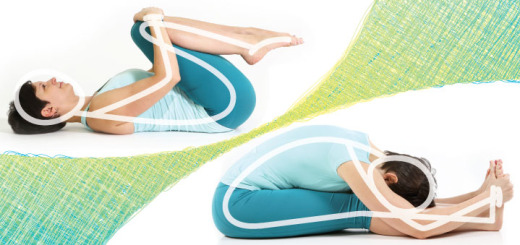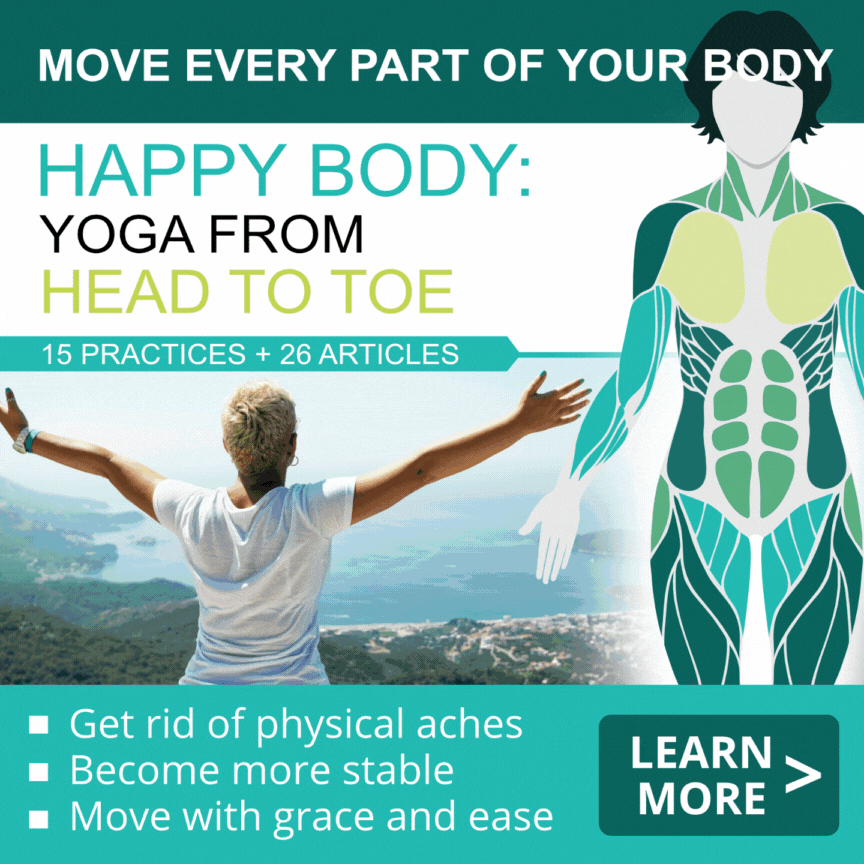10 types of yoga practices to maximize the effect for specific students
5There are many ideas out there about what a yoga practice should look like: some believe that it’s only valid if it has a spiritual component; others focus on strictly physical benefits. I have my ideas, too. I believe that an appropriate yoga practice can facilitate change on any level – physical, physiological, spiritual, but it doesn’t mean that every practice should have all those elements present. Sometimes it IS just about the body. Other times it IS all about connecting to something greater.
Every yoga practice must be purposeful. Here are some common types of practices based on the things that we want to accomplish:
Over the next few months we will explore those types of practices one by one, highlighting the most effective ways of accomplishing our goals.
For each type we will discuss the following ideas:
- Who is it for
- When to do it
- How to structure
- Which elements to choose
- How to assess effectiveness






















thank you so much..
this helps clarify.. 😀
and this is the best site .. full of amazing info.. high quality photos.. very organized.. wonderful!
Thank you Maan! Love your Pinterest boards!
Hi Olga – it would be great if it were easier to print things – articles and your sequences. I like to put a copy in my teaching binder. thank you!
Hi Robin – sounds good! Originally I was more focused on making infographics that are easy for “pinning” on Instagram, etc., but I know how we yoga teachers love our printouts :))
Thank you for sharings🌸❤️